On the 10th March 2012, French master comic book artist and storyteller Jean Giraud died aged 73. He was the finest artist of his kind and a virtually silent contributor to an entire genre of science fiction that producers to this day continue to build upon. Giraud earned worldwide fame, predominantly under the pseudonym Moebius, and to a lesser extent Gir (used for the Blueberry series), the latter appearing mostly in the form of a boxed signature at the bottom of the artist’s paintings. Esteemed by Federico Fellini, Stan Lee and Hayao Miyazaki among others, he received international acclaim. He has been described as the most influential bandes dessinées artist after Hergé.
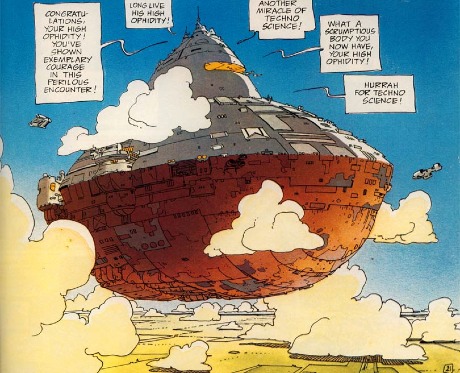
Among his most famous works are the Western comic series Blueberry he co-created with writer Jean-Michel Charlier, one of the first Western anti-heroes to appear in comics. Under the pseudonym Moebius he created a wide range of science fiction and and fantasy comics in a highly imaginative and surreal almost abstract style, the most famous of which are Arzach, the Airtight Garage of Jerry Cornelius, and The Incal. Blueberry was adapted for the screen in 2004 by French director Jan Kounen.
| SUPPORT INDEPENDENT SOCIAL COMMENTARY! Subscribe to our Substack community GRP Insider to receive by email our in-depth free weekly newsletter. Opt into a paid subscription and you'll get premium insider briefs and insights from us. Subscribe to our Substack newsletter, GRP Insider! Learn more |

Airtight Garage which was said to be a story Moebius winged every month just like his seminal work Shore Leave on Pharagonesia which I read somewhere was drawn freehand on a story pretty much made up along the way too. This sort of free and boundless exploration of one’s imagination resulted in imagery, plots, characters, and concepts that were unprecedented.
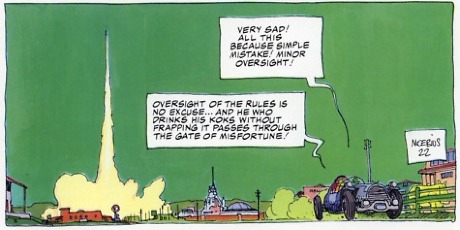
Perhaps the most noticeable of Moebius’s inspiration is in the fantastically bleak but bustling megalopolis cityscapes which frequently backdrop his work.
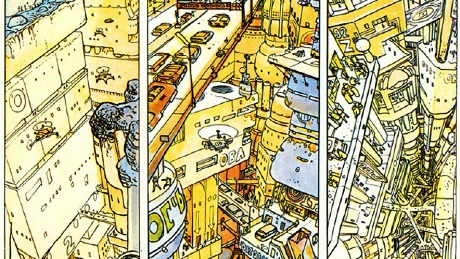
It is in the groundbreaking Ridley Scott film Blade Runner, where Moebius’s unique vision took life on the big screen.
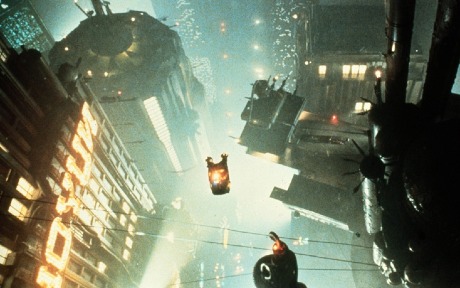
Blade Runner brilliantly captures the vertigo of the forest of high-rises that crowd the megalopolis of the Los Angeles of 2019. It is the cramped, claustrophobic, urban jungle setting that gives Blade Runner its character. The theme is reminiscent of and probably inspired by Moebius’s derelict cityscapes. In these future cities, class is determined not only by conventional (horizontal) geography but also by the vertical, with the elites living at the highest building levels (above the perma-smog that envelopes the city) and the plebes living at the ground level where, as portrayed in Blade Runner, it is perennially overcast by the city haze and wet (both from constant rain and, it seems, whatever else drips down from those living above).
The planet-metropolis of Coruscant, home of the Galactic Senate in the Star Wars franchise is also obviously inspired by Moebius’s universe. It also applies the same concept of a vertical megalopolis with the elite living in the top-most levels and a teeming underclass populating its lowest levels.
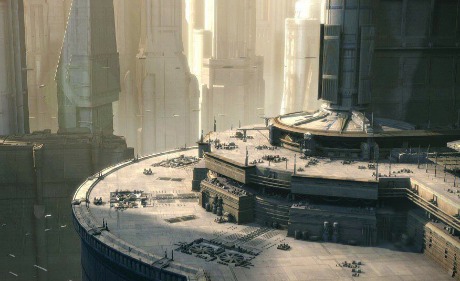
Thanks to the late-1970s up to the mid-1980s editions of Heavy Metal magazine, I had a chance to immerse myself in the world of a genius as well as many other artists whom he inspired and, perhaps, he was inspired by himself.
[NB: Parts of this article were lifted off the Wikipedia.org “Jean Giraud” and used in accordance with that site’s Creative Commons Attribution-ShareAlike License consistent with the same license applied by Get Real Post to its content.]
benign0 is the Webmaster of GetRealPhilippines.com.
That Bruce Willis flick Fifth Element was a direct result of this man’s genius.